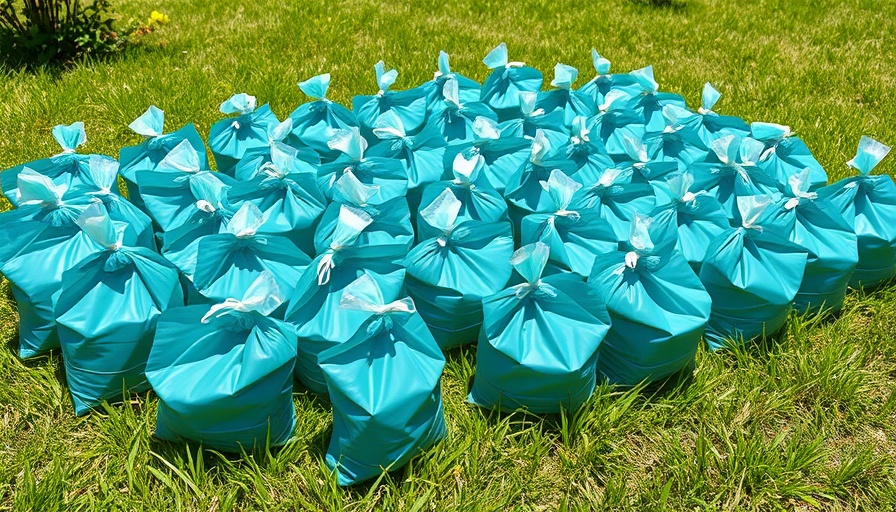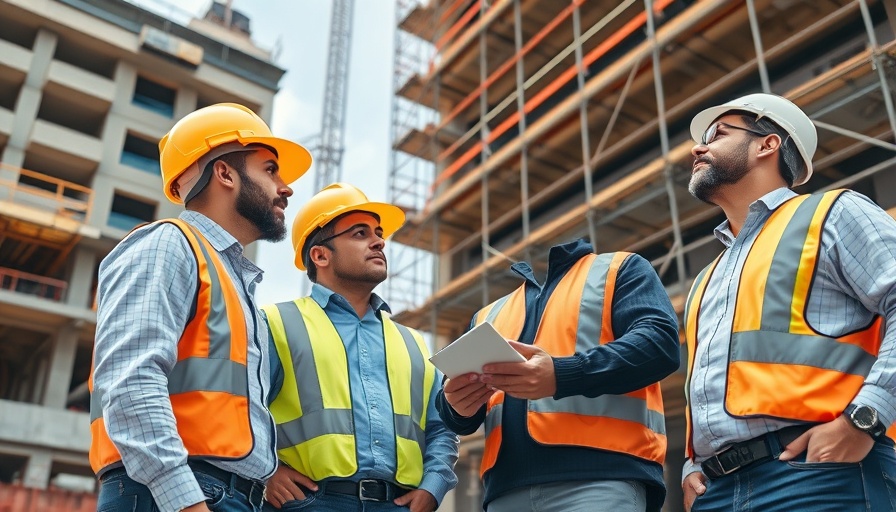
Transforming Cement Production: Boral's Major Grant for Carbon Reduction
Boral Limited has clinched a significant $24.5 million grant from the Federal Government, a vital injection of funds aimed at spearheading their bid to reduce carbon emissions linked to cement manufacturing. The funding is part of the government’s Powering the Regions Fund, which is designed to bolster projects that enhance decarbonisation efforts across existing industries. For Boral, this endeavor represents not just an operational shift, but a holistic movement towards sustainability within the construction materials sector.
Understanding Boral's Decarbonisation Pathway
At the heart of Boral's project is an innovative kiln feed optimisation initiative located at the Berrima Cement Works. This facility plays a crucial role, supplying up to 40% of cement for New South Wales and the Australian Capital Territory. With this funding, the company aims to dramatically cut CO2 emissions from the clinker manufacturing process—projecting a reduction of up to 100,000 tonnes per year. Clinker, a processed form of limestone, has traditionally been linked with high CO2 emissions due to calcination. This project seeks to mitigate these emissions by incorporating more alternative raw materials (ARMs) into production.
The Role of Alternative Raw Materials in Emission Reduction
Boral plans to significantly increase its use of ARMs from the current 9% to a remarkable 23%. These materials, which include granulated blast furnace slag and fly ash derived from the steel manufacturing process, help to decrease the quantity of limestone used – ultimately lowering CO2 emissions released during the clinker production stage. According to Boral’s estimates, around 55% of the emissions associated with the Australian cement and concrete sector stem from this calcination process.
Energy Efficiency: A Double Win for Boral
Utilising ARMs is not just beneficial for emissions reduction; it is also a step towards improving energy efficiency. Because ARMs require lower heating temperatures than traditional limestone, incorporating these materials means less energy consumption during the production process. This dual benefit aligns with Boral's commitment to sustainability, making a progressive leap toward a cleaner operational model.
Projected Timeline for Boral's Innovations
Following the announcement of the grant, Boral is poised to embark on a detailed design phase for the project, which will lead to procurement, construction, installation, and ultimately, commissioning by 2028. CEO Vik Bansal emphasized that this grant is a testament to the Federal Government’s confidence in Boral’s vision for a sustainable future in cement production. “Decarbonising cement manufacturing is challenging,” he acknowledged, “but with initiatives like this, we can successfully transition towards a more sustainable industry.”
The Broader Implications for Australia’s Manufacturing Sector
This funding not only represents a significant investment in Boral’s operations but also serves a larger purpose: contributing to Australia’s national emission reduction targets. With the construction sector being a large part of the nation’s carbon footprint, these advances in cement production could have a significant ripple effect on the industry. Cement is a crucial input for all construction projects, and adopting more sustainable practices can lead to lasting environmental benefits.
Conclusion: A Pivotal Shift Towards Sustainability
Boral’s $24.5 million federal grant demonstrates an essential step forward in the quest for reduced carbon emissions in cement manufacturing. By integrating alternative raw materials and enhancing energy efficiency, Boral not only aligns itself with national sustainability goals but also sets a benchmark for the industry. Their initiatives may very well define the future of construction materials in Australia, forging a path toward a greener, more sustainable operation.
 Add Row
Add Row  Add
Add 




 Add Row
Add Row  Add
Add 

Write A Comment